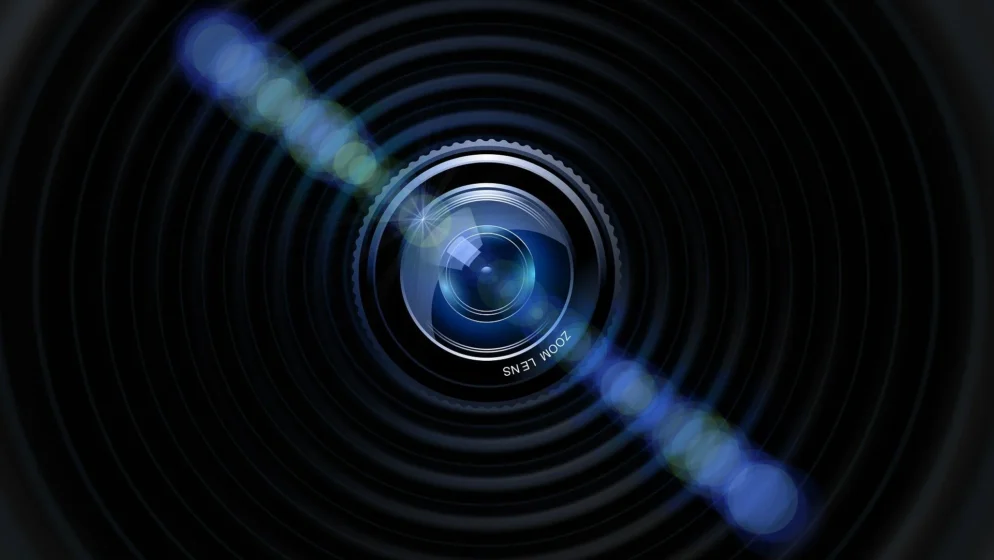Preparing for your video interview
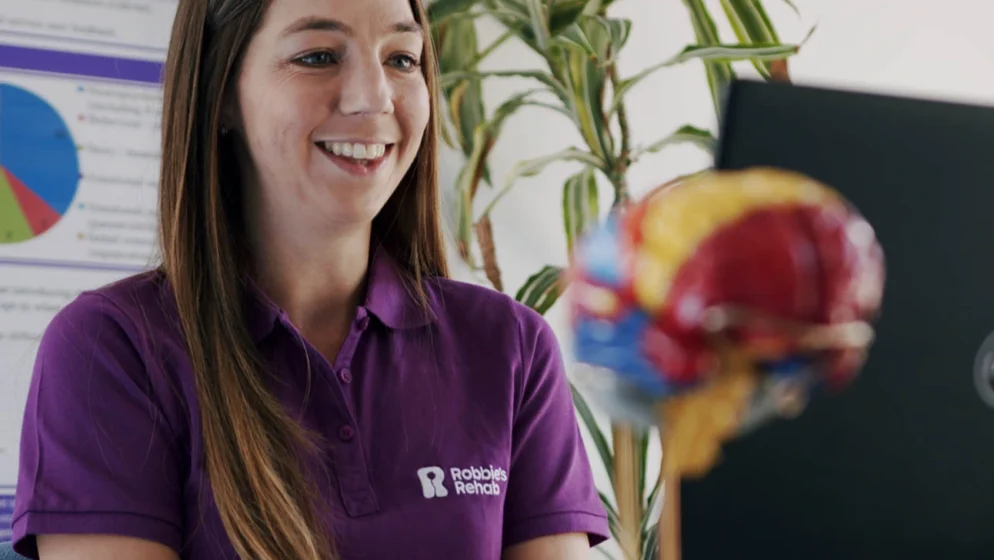
We understand that doing a video interview for the first time can be a nerve wracking experience, especially when you don’t know what to expect. So we’ve put together a comprehensive list of best practices when answering questions, tips on what you should wear to your interview and what you can expect from your interviewer and film crew.

Interview Preparation
Interviewees
Unless it’s a necessity and specific to your project, we would always recommend interviewing subjects individually. When subjects are interviewed together there is always a risk of them interjecting and cutting over each other whilst talking. Although this may feel natural in conversation it can be confusing for the viewers when points aren’t completely finished and can cause problems in the edit. There is also a tendency for the interviewee who isn’t speaking to fidget and look around the room whilst the other person is talking which can be perceived as disengaged. There are occasions where it may be essential to interview people in pairs e.g. parents talking about their children, or a parent sitting with their child during an interview, but this would usually be discussed with you in advance.
Positioning
Where possible it’s always preferable to have the interviewee sat down. Although there are situations where this may not be possible or suitable (such as run and gun vox pops), when conducting lengthy interviews it is better to have the interviewee sat down. Not only does this prevent the interviewee from fidgeting or moving around but it also makes them more comfortable and relaxed.
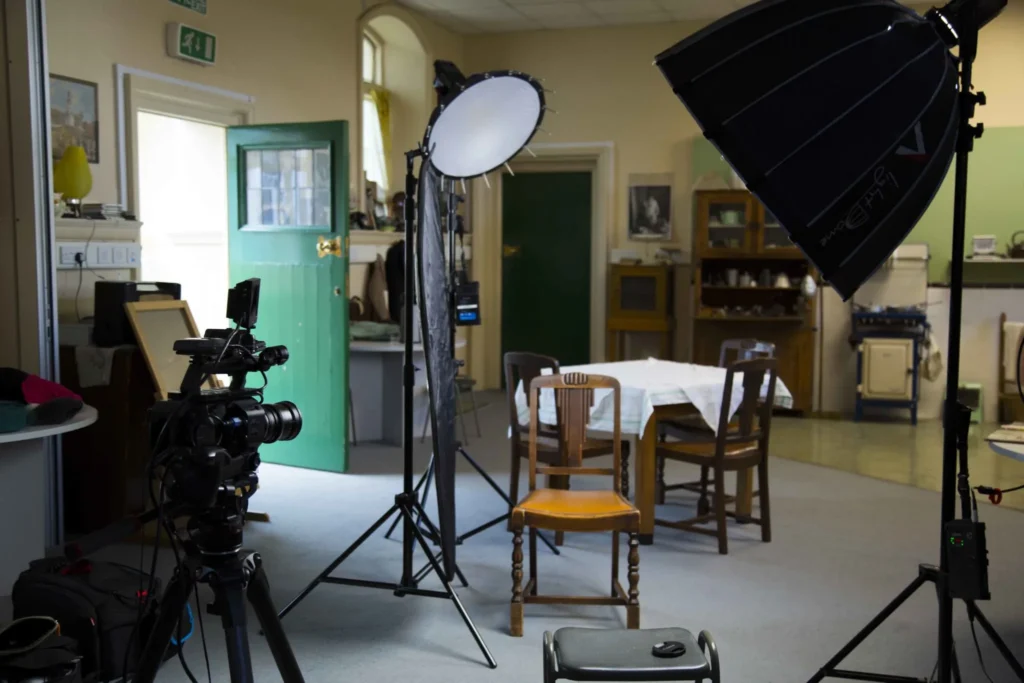
Setting Up & Time Allowance
Set up
When setting up for an interview we would ask for 1 hour to get our lights and cameras set up. We may need to do lighting tests and test shots before we begin the shoot to make sure that we and you are happy with how the interview looks. During this time the interviewee does not need to be present so to use up as little of their time as possible.
Sound check
Once we have mic’ed up the interviewee, we will ask to do a quick sound check. This is to double check the levels that the interviewee is talking at and will be different for every interviewee. Generally we will do this by asking them to introduce themselves or to tell us something about themselves.
Interview time
Where possible we would ask you to allow 30-45 minutes per interviewee. This doesn’t mean that the subject will be talking for the full 30-45 minutes, however it allows us time to ease them into the interview, allows for any mistakes and multiple takes for each question and gives us time to take water breaks if the interviewee requires one. This also takes some pressure off the interviewee so they do not feel rushed or as if they are overrunning a time limit.
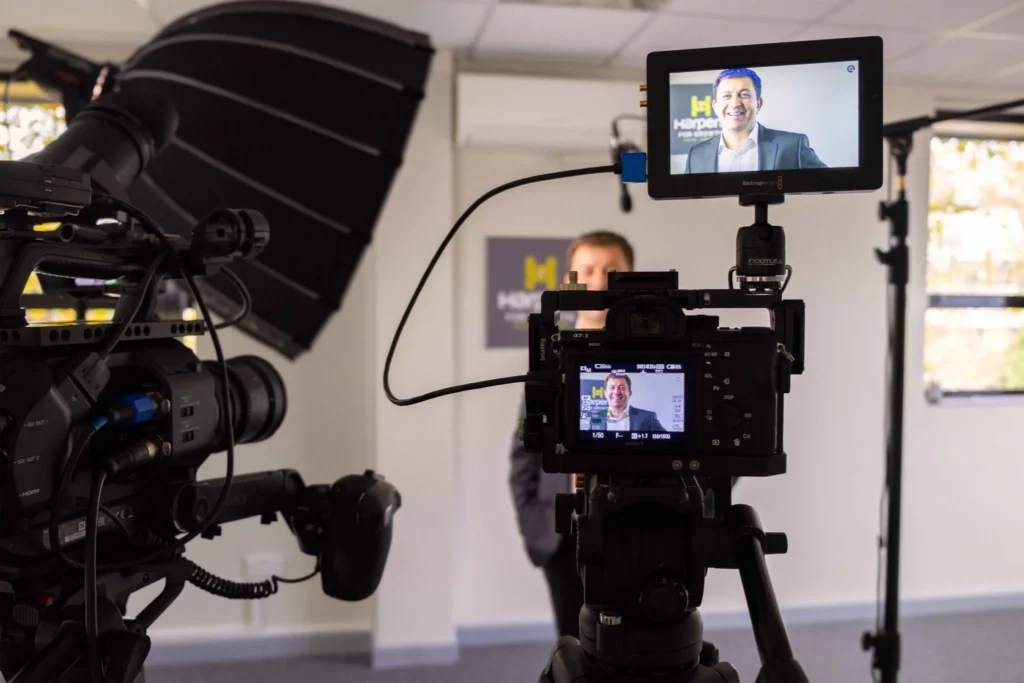
Answering Questions
Answer in full sentences
As the interviewer is off camera, the questions asked will be cut out during the edit. This means we do not have the context of the questions during the video. Because of this we would ask the interviewee to answer in full sentences and include the question in the answer. An example of this would be if the interviewee asked; “Why do you enjoy working at this company?” The subject would say; “I enjoy working at this company because…” Not just “Because…”.
Eye line
When conducting an interview we will very rarely ask the interviewee to talk straight into the lens, unless they are presenting or introducing a video. This can be quite intense for the viewer, but also daunting for the interviewee. We will have an interviewer sat just off from the lens to maintain a consistent eye line and provide someone for the interviewee to talk to. This makes the interview feel more like a conversation than an interview and gives much more natural answers.
Ignore the person operating the camera
During the course of the interview the film crew will be checking cameras, audio levels and framing and may move around when doing so. Although it may feel natural to include them in the conversation and look at them when answer, try your best to ignore them. They wont be offended!
Using the name/company name when answering questions
When answering questions, we would ask that the interviewee uses the name of the company or service they’re talking about instead of “You/They”. For example instead of saying: “You/they were really helpful during the creative process…” this should be: “[Company Name] were really helpful during the creative process”.
Take pauses when you need them
If the interviewee makes a mistake or gets stuck whilst answering a question, we would ask that they just take a pause and then continue when they’re ready. Video companies no longer film on tape so there isn’t any time pressure for you to come up with your answer and we don’t mind you taking a moment to think about the answer.
When you re-start, start at the beginning of your last sentence/pause, or if you find it easier, start from the beginning of your point. This makes it easier for us to cut around mistakes in the edit.
Skip questions
If the interviewee is unsure of a question or feels they are unable to answer a question, then it’s absolutely fine to skip the question and continue on with the next question. It may be the case if the interviewee feels they would be able to answer the question later, that we will re-visit this question at the end of the interview. Alternatively if you’d like to chat through your answer with us and have us help you structure your answer, we’re more than happy to do this.
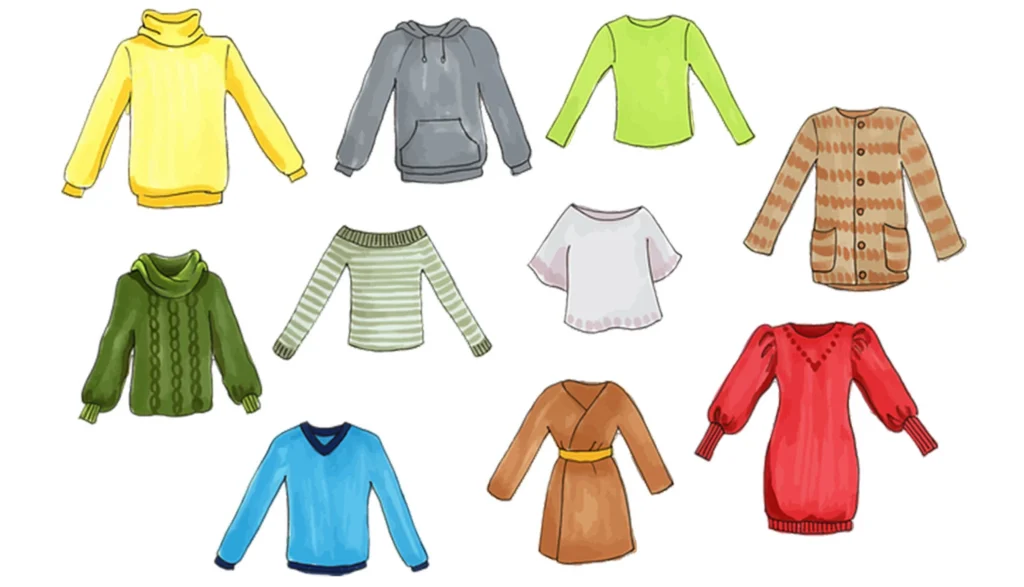
Clothing & Accessories
Avoid noisy jewellery
Although some jewellery may only slightly jangle it’s worth noting that our microphones are extremely sensitive and can pick up on every little noise. What may seem inaudible to the human ear can be massively enhanced by our microphones and can be distracting for the viewer. Where possible we would ask that you avoid any big pieces of jewellery or remove them before the interview starts.
Avoid wearing glasses (where possible)
Where possible avoid wearing glasses. We understand that sometimes this may not be possible, however if the interviewee has the option to not wear glasses or has the option to wear contacts this is a huge help. Where glasses are very reflective a reflection of our lights (or even other people in the room!) can sometimes be seen in their glasses.
Avoid tops or dresses with see-through/netted panels
When the interviewee is mic’ed up, if they aren’t wearing a jacket, we will clip the mic pack onto their trousers, skirt or tights and ask them to bring the wire up and clip it onto their collar so that the wire is hidden. Any see-through panels may show the wire through it.
Wear bright or darks colours (where possible)
Avoid wearing colours that are the same colour as the wall behind. This can cause the interviewee to blend in with the background, when we want them to stand out. A rule of thumb is to avoid wearing white, cream or light grey as these are particularly common for most office spaces, brand centres and meeting rooms, opt for bright or dark colours instead.
Still uncertain about what to do?
We’re here to help, drop us an e-mail at hello@notwfilms.com

